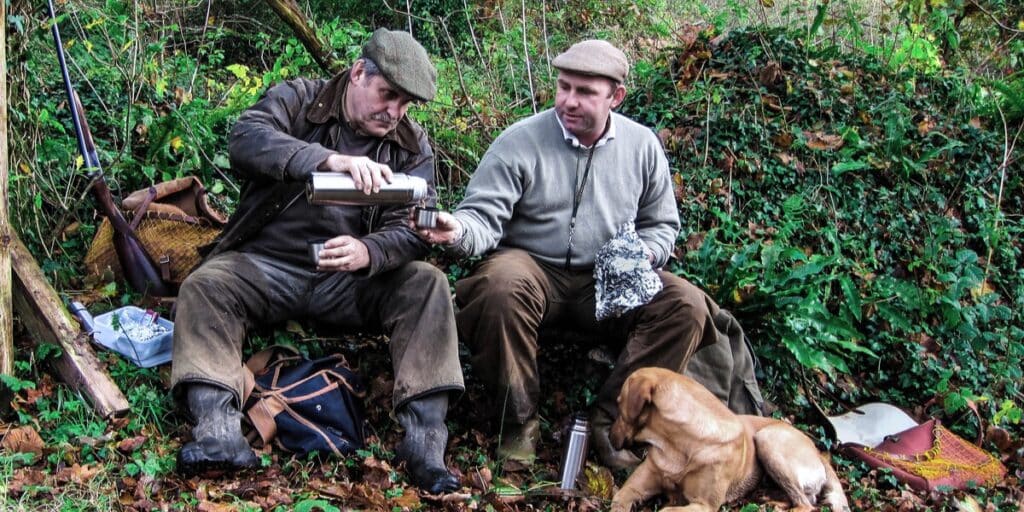
Don’t be a stranger for the next seven months
As another game shooting season ends, we are going to say goodbye to our shoot friends and colleagues, but hopefully not for long.
Get information on the legal shooting season for mammals and birds in the UK.
Apply for funding for your project or make a donation today
Comprehensive information and advice from our specialist firearms team.
Everything you need to know about shotgun, rifle and airgun ammunition.
Find our up-to-date information, advice and links to government resources.
Everything you need to know on firearms law and licensing.
All the latest news and advice on general licences and how they affect you.
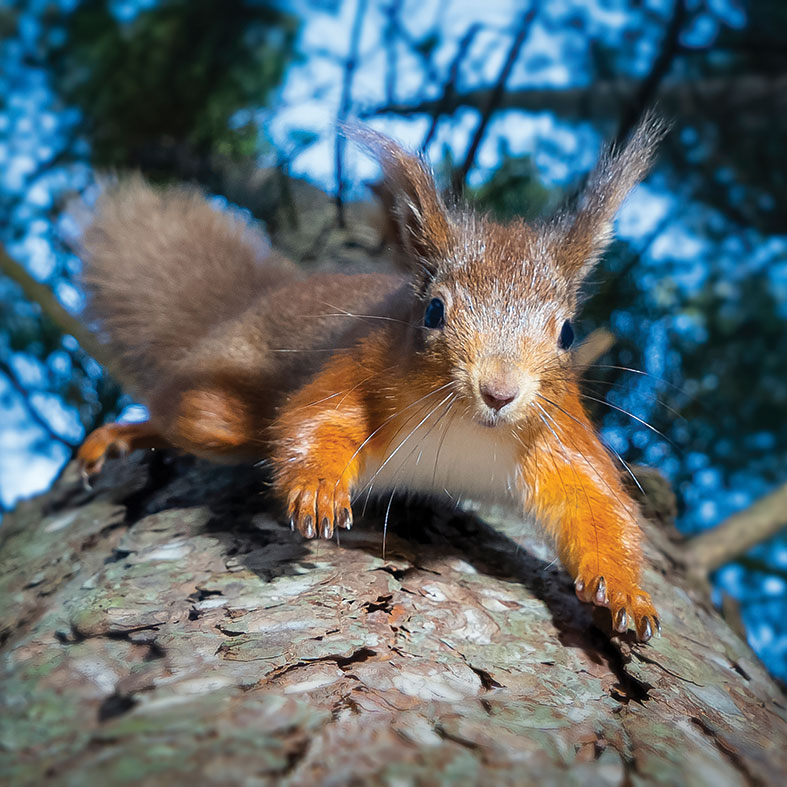

Gavin Howe explains how you can help our native red squirrels and our woodland by volunteering to control the destructive grey invaders.
For many of us, controlling grey squirrels has become an essential part of our woodland management efforts.
A stroll through areas occupied by grey squirrels will reveal the negative impact these non-native species can have on the overall health of our woodland ecosystems. Most obvious is bark stripping, which weakens the structure of trees and leaves them vulnerable to disease, reducing their economic value. But, squirrel predation of nests also leads to depletion of songbird numbers and the damage they cause to feeders and nest boxes has both conservation and financial impacts.
Although the battle to control the grey menace is UK-wide, the front-line in the war against this invasive species is being fought in areas where our iconic and cherished native red squirrel still has a foothold.
Once a common sight across the UK, red squirrels have faced extinction on a national level for a number of years. They have been squeezed out of much of their preferred natural habitat by the greys and, more significantly, have been decimated by the squirrel pox virus. This disease is only carried by grey squirrels but is very easily transmitted to reds, usually with fatal results. One grey carrying the virus can potentially wipe out a whole colony of reds.
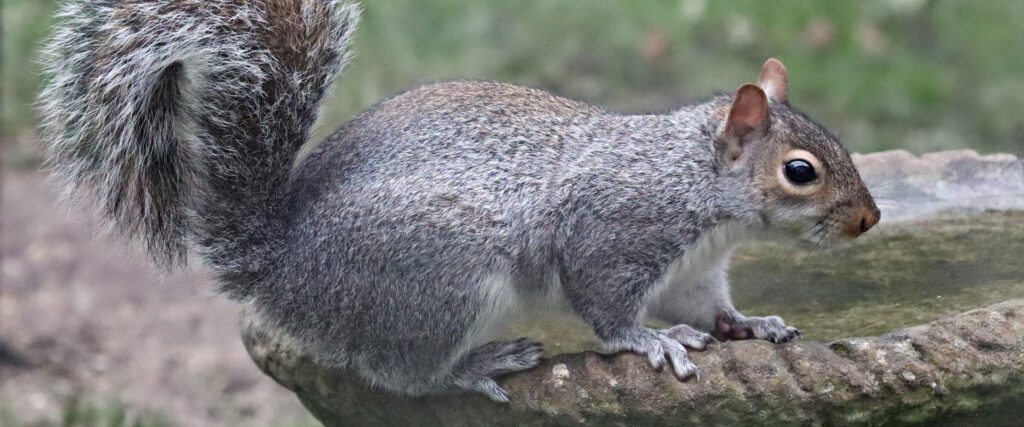
Preventing greys from moving into areas where red squirrels remain presents enormous year-round challenges. Constant monitoring of red squirrel colonies to ensure they remain healthy and have the appropriate habitat to survive is a priority.
Having both species in the same area also limits the methods available to control greys. Live capture traps and shooting are the only options, which are both time-consuming and costly, so raising public awareness and funds are key.
The use of thermal imaging, trail cameras and new trap designs have all been game-changing in helping to control greys.
A squirrel pox vaccine, a contraceptive to slow the reproduction rate of grey squirrel numbers, and the use of AI may all provide useful methods in the future, but require rigorous testing. It’s likely to be some years before they are available, meaning the current methods are our only hope in preserving remaining numbers.
There are many ways in which you can get involved to protect red squirrels:
Grey squirrel management doesn’t have to cost lots of money. Squirrel groups can sometimes supply traps, feeders and feed. If shooting is your preferred method, an airgun, feeder and basic hide is all you need.
Additional information supplied by Jerry Moss, an employed squirrel ranger operating in the North of England and a trustee of Penrith & District Red Squirrel Group.


As another game shooting season ends, we are going to say goodbye to our shoot friends and colleagues, but hopefully not for long.
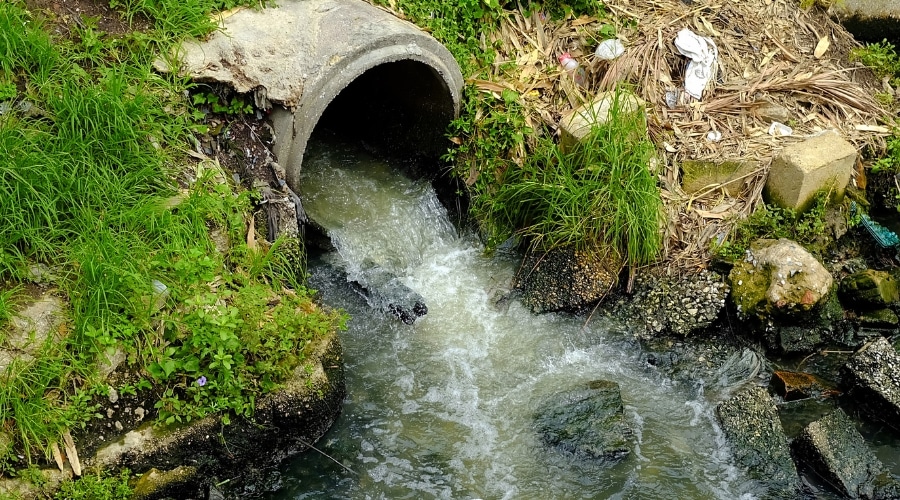
You can be part of shooting’s reprisal against United Utilities’ decision not to renew shoot leases on its land.
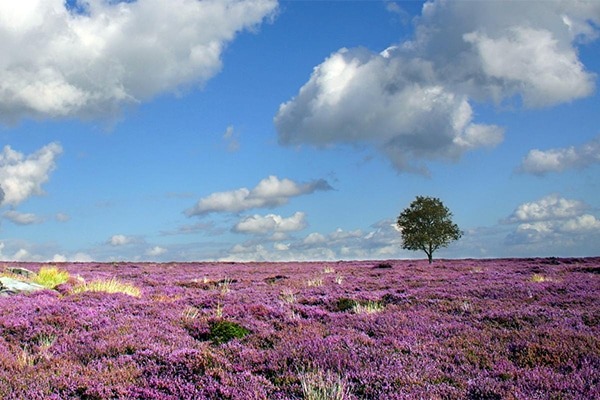
Integrated moorland management means taking a holistic view of how best to manage upland landscapes, says Alex Farrell.
Sign up to our weekly newsletter and get all the latest updates straight to your inbox.
© 2025 British Association for Shooting and Conservation. Registered Office: Marford Mill, Rossett, Wrexham, LL12 0HL – Registered Society No: 28488R. BASC is a trading name of the British Association for Shooting and Conservation Limited which is authorised and regulated by the Financial Conduct Authority (FCA) under firm reference number 311937.
BASC Direct Ltd is an Introducer Appointed Representative of Agria Pet Insurance Ltd who administer the insurance and is authorised and regulated by the Financial Conduct Authority, Financial Services Register Number 496160. Agria Pet Insurance is registered and incorporated in England and Wales with registered number 04258783. Registered office: First Floor, Blue Leanie, Walton Street, Aylesbury, Buckinghamshire, HP21 7QW. Agria insurance policies are underwritten by Agria Försäkring.
If you have any questions or complaints about your BASC membership insurance cover, please email us. More information about resolving complaints can be found on the FCA website or on the EU ODR platform.